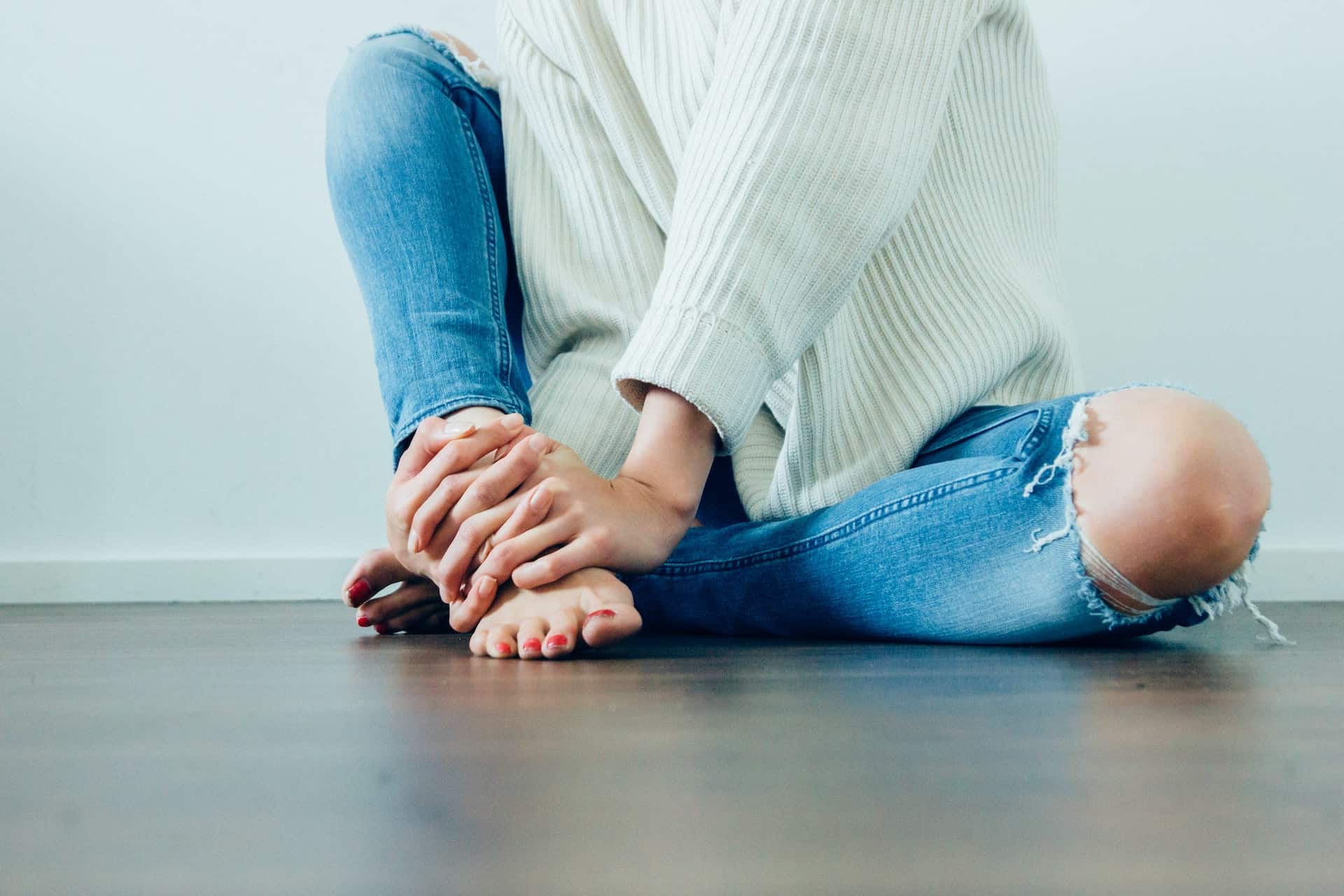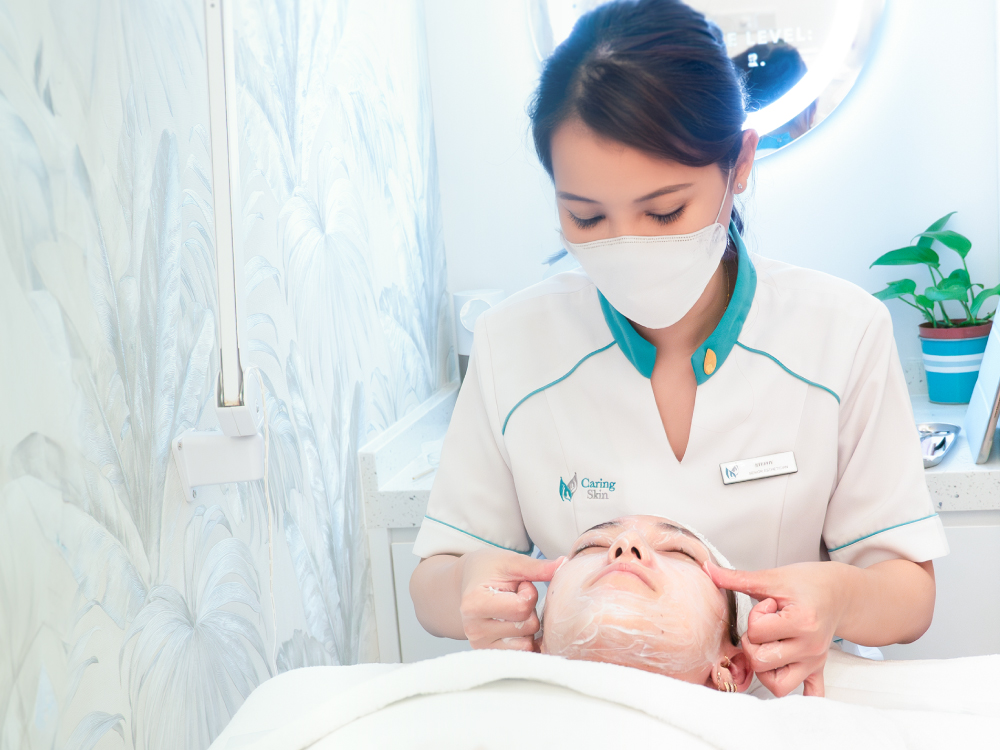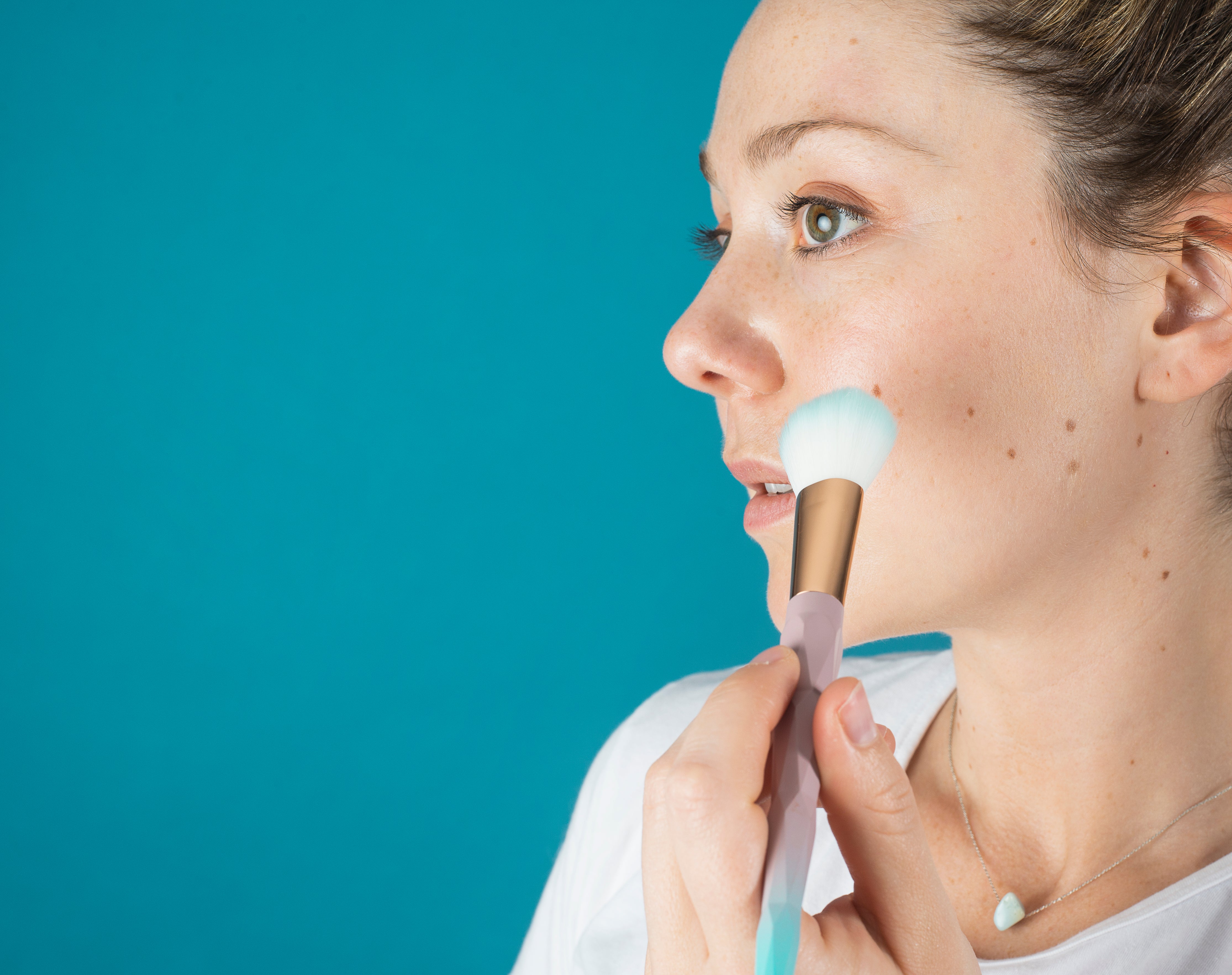Bruises, also known as contusions, are a type of skin discolouration that appears when tiny blood vessels beneath the skin's surface break and leak blood.
This causes trapped blood to pool near the skin's surface, leading to a blue or black mark.
While most bruises heal on their own without treatment, certain strategies can expedite the healing process and get rid of bruises more quickly. Here are four effective ways to treat bruises:
1. Apply Cold Compress
Applying a cold compress, such as an ice pack, to the bruised area immediately after an injury can help constrict the blood vessels, reducing the amount of blood that leaks into the surrounding tissues.
his not only helps to reduce the size and severity of the bruise but also numbs the area and relieves pain.
To use this method, wrap the ice pack in a thin towel and apply it to the bruise for about 15 minutes.
Be sure to take a break of at least 15 minutes between each application to prevent skin damage. If you don't have an ice pack, a bag of frozen vegetables will work just as well.
2. Elevate the Bruised Area
Elevation helps to reduce blood flow to the bruised area, which can decrease the bruise's severity. By raising the bruised area above the level of the heart, gravity can help to minimize the amount of blood that flows to the bruise, leading to a smaller and less noticeable bruise.
3. Use a Warm Compress
After 48 hours of icing the bruised area, it's time to switch to a warm compress.
The heat can increase blood flow and stimulate the activity of the body's cells responsible for breaking down and reabsorbing the trapped blood.
A warm compress can also relieve pain and drain fluid that has accumulated in the bruised area.
To use a warm compress, soak a washcloth in warm water, wring out the excess, and apply it to the bruise for about 10 minutes several times a day.
4. Apply an Elastic Bandage
Compression can help treat bruises, particularly large ones that cause severe pain. An elastic bandage wrapped firmly around the bruised area can reduce swelling and provide support. However, make sure the bandage isn't too tight as it can impede blood flow and slow down the healing process.
Other Considerations
Certain medications, such as blood thinners, can increase the likelihood of bruising because they inhibit blood clotting, leading to more blood vessels leaking under the skin.
If you're prone to bruising and take blood thinners, it's essential to discuss this with your healthcare provider.
Also, consuming a balanced diet rich in vitamin C and vitamin K can help with healing bruises. Vitamin C plays a crucial role in the formation of collagen, a protein that supports skin and blood vessels, while vitamin K is necessary for blood clotting.
Sensitive skin is often susceptible to bruises. Going for regular sensitive skin facials and therapy could help develop more resistance. However, this is a mostly cosmetic solution.
In conclusion, while bruises are usually harmless and disappear over time, these four strategies can help speed up the healing process and relieve any discomfort associated with the bruise. If you experience extremely painful, recurrent, or unexplained bruising, it's important to seek medical attention as it may be a symptom of an underlying health issue.
Enhancing the Body's Natural Healing Process
The body has a natural healing process that takes over when bruising occurs.
After an injury, white blood cells start to break down and digest the trapped blood, leading to a change in the colour of the bruise over time.
This digestion process causes a bruise to transition from a dark purplish-black colour to green, yellow, and eventually, to the normal skin colour as it heals.
Importance of Rest
Getting adequate rest is crucial when it comes to healing bruises. Resting gives your body a chance to recuperate and focus its energy on the healing process. Especially if the bruise is due to a significant impact or injury, rest can help the body heal more effectively.
Hydration and Nutrition
Hydration can also play a key role in the healing of bruises. Water aids in maintaining healthy skin and facilitating proper circulation, both of which are essential for healing. Similarly, a healthy diet full of fruits, vegetables, lean proteins, and whole grains provides the necessary nutrients your body needs to heal.
Vitamin C, found in citrus fruits, bell peppers, and broccoli, is known for its role in collagen production, which helps heal the skin and tiny blood vessels beneath it. Vitamin K, abundant in leafy green vegetables and fermented foods, aids in blood clotting, preventing further bleeding and leakage from the tiny blood vessels.
Consider Over-the-Counter Treatments
Over-the-counter (OTC) creams and ointments containing arnica may be useful in reducing pain and inflammation associated with bruises.
However, always remember to follow the package instructions and consult with a healthcare professional before starting any new treatment regimen.
When to Seek Medical Attention
While most bruises are harmless and will heal on their own, some cases warrant medical attention.
If your bruise is accompanied by extreme pain, swelling, difficulty moving a joint, or if you notice frequent unexplained bruising, these could be signs of a more serious issue, such as a severe injury or a blood clotting disorder, and you should seek medical attention promptly.
By adopting these additional measures, one can further speed up the healing process, reduce the discomfort associated with bruises, and ensure that the skin returns to its normal state as quickly as possible.








